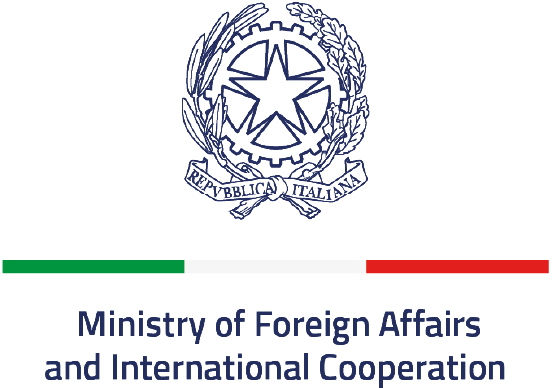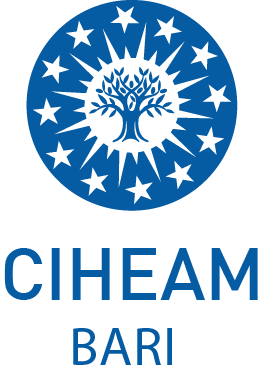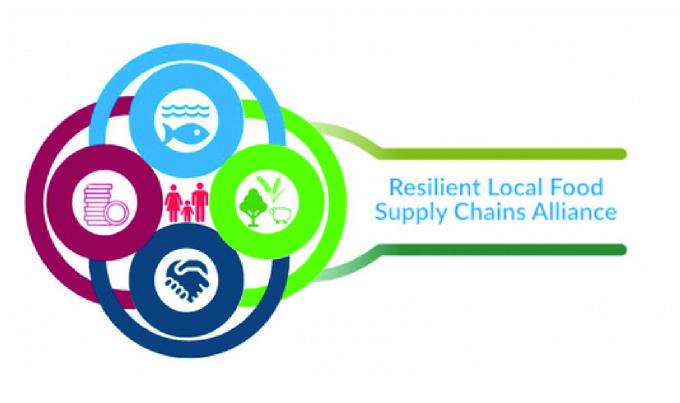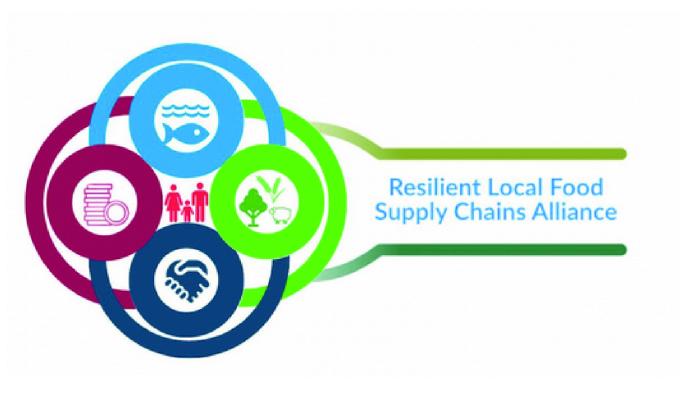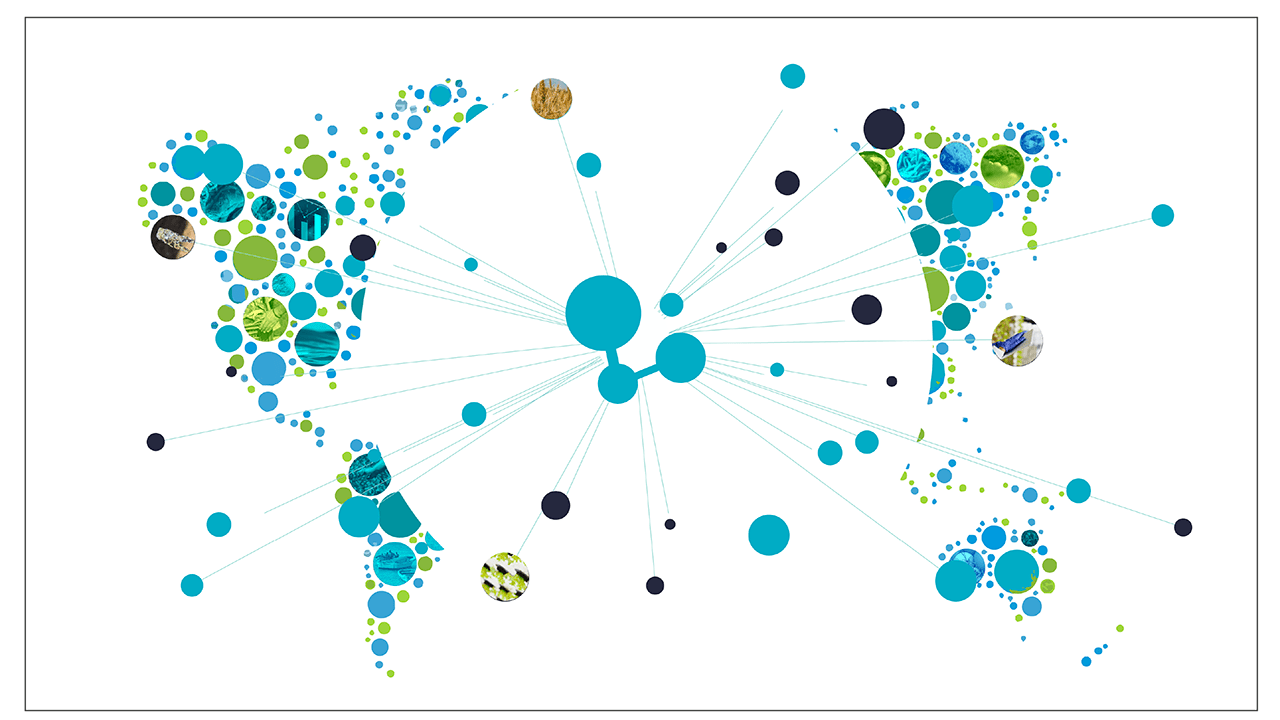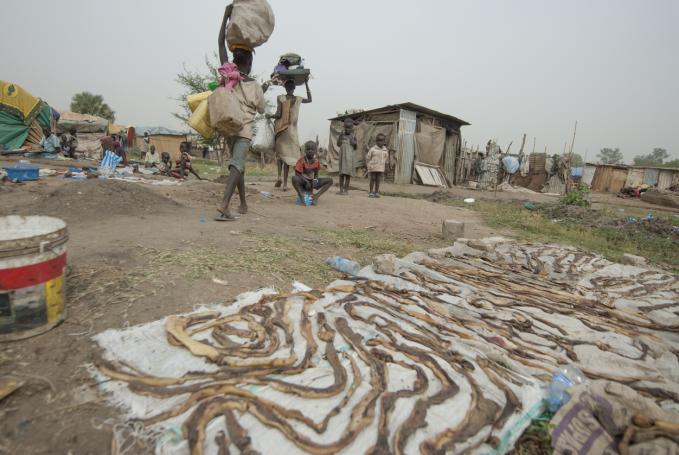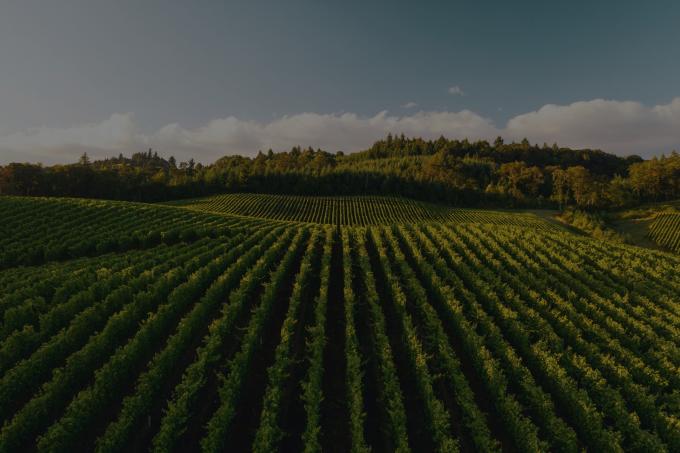STORIES
The Wind and the Lamb
On a Croatian island shaped by sea breezes and rugged pastures, a restaurant fights to preserve authentic flavors amid mass tourism and a changing climate.
Croatia
.png)
Where Tourism Overwhelms Tradition
The Croatian coast, with its string of emerald islands and historic cities, is a magnet for millions of tourists every summer. They arrive from Italy, Austria, Germany, and beyond, drawn by the promise of azure waters, sun-bleached beaches, and a Mediterranean escape that feels both accessible and effortless. The impact is profound: island populations swell tenfold, small towns transform into bustling hubs, and tourism takes on a mass-market dimension, standardizing experiences and eroding local traditions in the name of efficiency.
From the grandeur of Split and Dubrovnik to the nightlife havens of Korčula, Brač, and Hvar, the region thrives on a model that maximizes volume over variety. International hotel chains dominate, menus grow increasingly generic, and the intimate charm of island life struggles to survive beneath the weight of commercial success. Yet, in the northern Kvarner archipelago, on the island of Lošinj, a different approach is taking root—one that embraces local identity, native flavors, and a slower, more sustainable rhythm.
A Taste of the Island
At Barbakuan Bistrot, nestled in the old streets of Lošinj, Dinko Zorovic has chosen a different path. When he opened the restaurant in 2009, fresh from a master’s in hotel management and sustainable development, he was determined to resist the pull of mass tourism. “Restaurants have adapted to the crowds,” Zorovic explains, as he methodically arranges plates in his compact kitchen. “They serve international dishes, pizzas, the same menu everywhere. I only use ingredients from the island.” He gestures toward the dining area, where no more than 60 guests can be accommodated—a number he refuses to expand. “I want to take the time to explain what’s on the plate, to bring back forgotten flavors”. His menu is a reflection of Lošinj’s land and sea, shaped by history but increasingly influenced by climate change. Scorpion fish, cuttlefish, lamb—each ingredient tells a story, not just of tradition, but of an evolving ecosystem.
Salt on the Pastures, Flavor in the Meat
Zorovic’s signature lamb dish, made with the Pramenka breed, carries a taste unlike any other. “Our lamb has a delicate, almost sweet flavor,” he says. “Not the strong, gamey taste people expect.” The reason, he explains, lies in the wind. For centuries, the bura, a fierce easterly wind, has swept across Lošinj, bringing with it fine salt particles from the sea. This salt burns the grass in the pastures, forcing sheep to graze on the tougher, more mineral-rich plants that grow between the rocks. The result is a unique, terroir-driven meat, cooked at Barbakuan exclusively on a holm oak-fueled barbecue, in keeping with island tradition. But even the bura is changing. “Thirty years ago, it would blow for ten days straight. Now, it lasts only a few days at most,” Zorovic notes. The same winds that once shaped the island’s pastures are weakening, their rhythm altered by shifting climate patterns.
The Shifting Waters of the Adriatic
The Adriatic is warming. Since 2003, its temperature has risen by 0.09 degrees per year, according to research by Italy’s National Research Council (CNR). This may seem insignificant, but underwater, the effects are dramatic. “When I was a kid, if you wanted to catch a grouper, you had to go south, where the waters were warmer,” Zorovic recalls. “Now, they’re here.” Barracudas, once unheard of in these latitudes, have also appeared. But while some species thrive in the changing conditions, others are disappearing. Fishing, once a way of life for many islanders, is becoming increasingly difficult. “My father fished twice a week, and with 100 meters of traps, he could catch 10 kilos of scorpion fish. Now, you need 500 meters to get the same amount,” Zorovic says, shaking his head. The combination of rising temperatures and industrial fishing methods, particularly trawling, has devastated local fish populations.
A Fragile Balance
Together, Lošinj and Cres cover 470 square kilometers, making them among the largest islands in the Mediterranean—larger than Elba, second only to Sicily, Sardinia, and Corsica. Yet, with a population of just 10,000 residents, they are by far the least inhabited of the region’s major islands. Every summer, however, that number swells to 50,000. Tourists pour in, bringing the pressures of mass tourism to an otherwise quiet landscape. Still, places like Barbakuan refuse to conform. The tables remain few, the dishes remain local, the stories behind the flavors are told with care. While the rest of the coast rushes to accommodate the next ferryload of visitors, Zorovic is in no hurry. “We’re not here to serve fast food,” he says. “We’re here to remind people what this place tastes like.”

